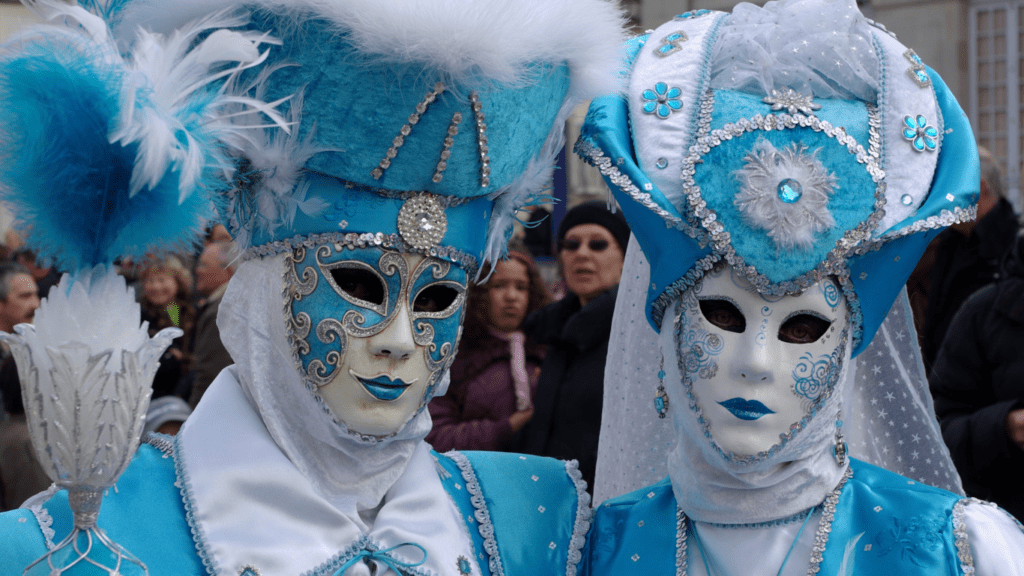As a seasoned traveler and enthusiast of vibrant celebrations, I’ve always been captivated by the allure of Mardi Gras in New Orleans. The city’s rich cultural tapestry comes alive during this extravagant event, drawing visitors from far and wide to partake in the revelry. From the dazzling parades to the soul-stirring music, Mardi Gras offers a sensory feast like no other.
History of Mardi Gras in New Orleans
Exploring the rich history of Mardi Gras in New Orleans reveals a tapestry of tradition and revelry that has enchanted generations of locals and tourists alike. From its humble origins to grand modern-day spectacles, the evolution of this festive tradition mirrors the dynamic cultural landscape of the city itself.
Origins and Evolution
The roots of Mardi Gras in New Orleans can be traced back to the early 18th century when French settlers brought their “Fat Tuesday” customs to the region. Over the years, this religious observance transformed into a grand carnival characterized by ornate masks, elaborate costumes, and extravagant balls. As diverse influences mingled, the celebration grew into a hallmark event known for its opulence and pageantry.
Key Historical Events
Numerous key historical events have shaped the trajectory of Mardi Gras in New Orleans. One pivotal moment was the establishment of the first Mardi Gras krewe, the Mystick Krewe of Comus, in 1857. This marked the beginning of organized parades and themed floats that have become integral to the festival. Subsequent milestones, such as the official adoption of purple, green, and gold as the colors of Mardi Gras, have further solidified the iconic visual identity of the celebration.
Significance of Mardi Gras
Growing up in New Orleans, I’ve always been captivated by the significance of Mardi Gras, a celebration deeply ingrained in the city’s cultural fabric.
- Cultural Importance
Mardi Gras holds immense cultural importance in New Orleans, serving as a vibrant expression of the city’s diverse heritage. The festivities blend French, Spanish, African, and American influences, creating a unique tapestry of traditions. From flamboyant parades to lively music, Mardi Gras showcases the spirit of community and revelry that defines New Orleans. - Economic Impact
Beyond its cultural value, Mardi Gras plays a crucial role in the economy of New Orleans. The festival attracts millions of tourists each year, stimulating the hospitality, entertainment, and retail sectors. Hotels are booked months in advance, restaurants bustle with diners, and local businesses thrive during this festive season. Mardi Gras stands as a vital economic driver, generating substantial revenue for the city and supporting countless jobs.
Major Attractions and Events
Moving on to the major attractions and events during Mardi Gras in New Orleans, let’s delve into the vibrant celebrations that draw in locals and tourists alike.
Parades and Floats

Parades and floats are the heart of Mardi Gras in New Orleans, showcasing elaborate displays of creativity and tradition. Krewes, which are the social organizations that host the parades, spend months preparing extravagant floats, adorned with colorful decorations and throwing out beads, trinkets, and other treasures to the enthusiastic crowds. These parades wind their way through the city streets, each with its unique theme and spectacle, creating a mesmerizing experience for spectators of all ages.
Balls and King Cake
In addition to the parades, Mardi Gras in New Orleans is also characterized by a series of elegant balls and the iconic King Cake tradition. The exclusive balls hosted by various krewes feature stunning costumes, live music, and dancing, maintaining a sense of grandeur and sophistication throughout the festival. Moreover, the King Cake, a delicious pastry decorated in the traditional Mardi Gras colors of purple, green, and gold, holds a special significance. Baked with a hidden plastic baby figurine inside, the person who discovers the baby is responsible for hosting the next King Cake party, adding an element of fun and tradition to the celebrations.
Planning Your Visit
When planning your visit to experience Mardi Gras in New Orleans, consider the best times to visit, essential tips for attending parades, and important aspects of safety and etiquette to ensure a memorable and enjoyable experience.
Best Times to Visit
I recommend visiting New Orleans for Mardi Gras during the peak of the festivities, which typically occur in late February or early March. The city comes alive with vibrant parades, lively music, and colorful celebrations during this time. It’s essential to book accommodations well in advance, as hotels fill up quickly during the Mardi Gras season.
Tips for Attending Parades
To make the most of your parade experience, arrive early to secure a prime viewing spot along the parade route. Be prepared for large crowds, so consider bringing snacks, water, and comfortable shoes. Additionally, don’t forget to catch throws like beads, trinkets, and doubloons – a highlight of the Mardi Gras parade tradition.
Safety and Etiquette
For a safe and respectful celebration, always be aware of your surroundings and stay vigilant in crowded areas. It’s advisable to avoid isolated or poorly lit areas, especially at night. Respect parade participants and fellow revelers by following parade rules, not crossing barricades, and refraining from disruptive behavior. Above all, have fun while being mindful of your safety and the enjoyment of others.


